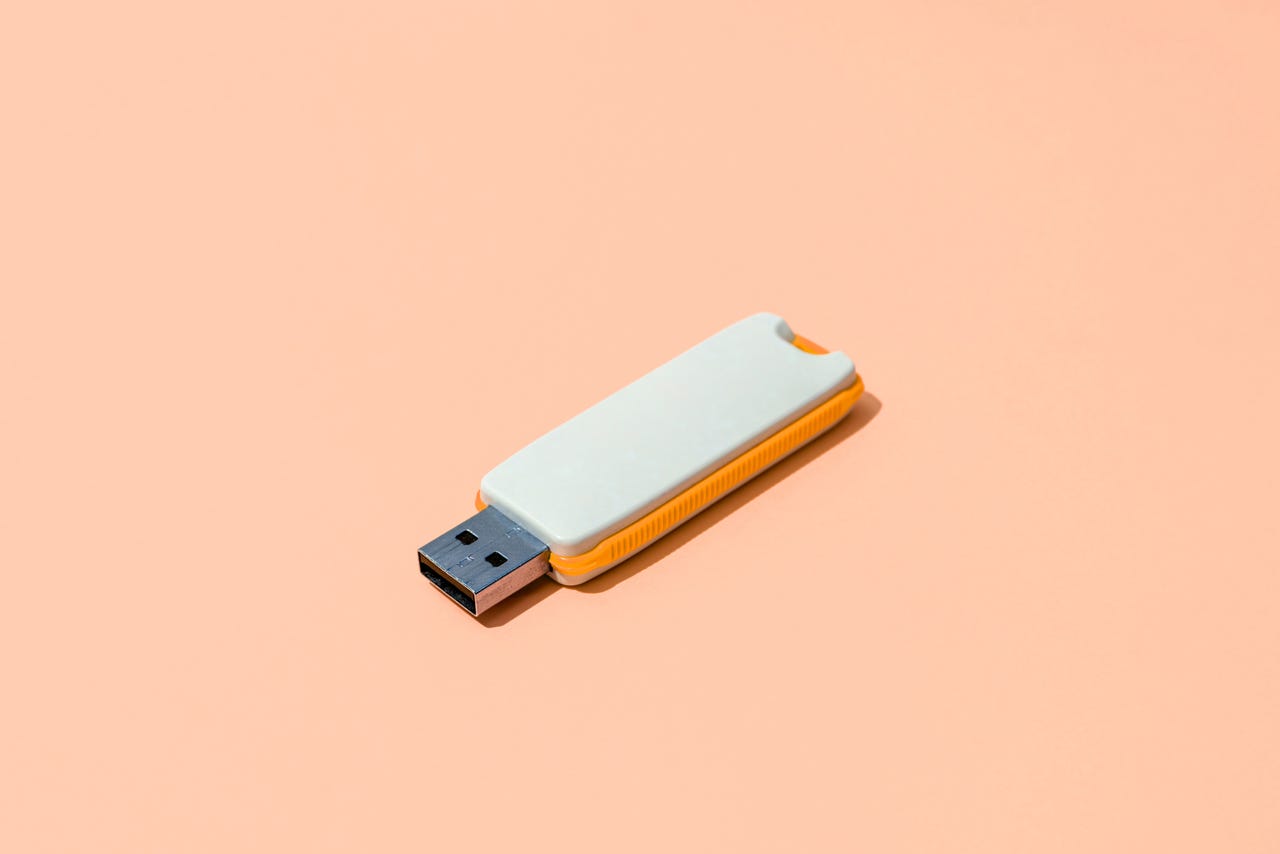Tech News
How to create a bootable Linux USB drive

Before you can enjoy the user-friendly, flexible, secure, and reliable Linux operating system, there's still one thing you need to handle first: installing the OS.
Keep in mind that modern Linux installers are very easy. With a few quick clicks, you're on your way to enjoying the power, flexibility, and security of this open-source platform.
Also: These 5 Linux file managers are way better than your default
The gateway to that open-source world is a bootable USB drive that allows you to install the OS on your computer.
Don't worry; even that step is simple. Let me show you how.
How to create your bootable USB drive
What you'll need: To create a bootable USB drive, you'll need the following:
A machine with a USB port. A USB flash drive with at least 16GB of space. A piece of software to create the bootable drive.There are a lot of tools to help you create a bootable USB drive, such as Ventoy, Rufus, Etcher, dd, Fedora Media Writer, Popsicle, and more. The one tool I've used for years is UNetbootin, which is available for Linux, MacOS, and Windows. You can easily install UNetbootin by downloading the executable file to your desktop and running it. (It installs like most applications on both MacOS and Windows.) Even better, you can install UNetbootin on a Ubuntu-based distribution by first adding a new repository with the command:
Update apt with:
Install UNetbootin with the command:
With UNetbootin installed, it's time to create your first bootable USB drive, ready to install Linux.
Also: The best Linux laptops
Creating a bootable USB drive with UNetbootin is very easy.
UNetbootin should be able to create your USB drive in under 15 minutes.
When the process completes, click Exit, safely eject the USB drive, and you're ready. You can now insert the USB drive into the machine that will serve as your new Linux desktop, boot the machine, and start installing the operating system.
When you subscribe to the blog, we will send you an e-mail when there are new updates on the site so you wouldn't miss them.


Comments